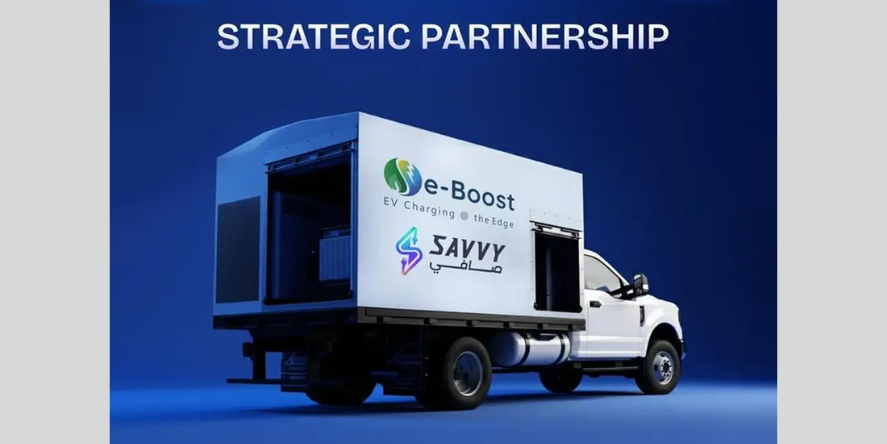
By Terry McKenna – Owner, Employee Performance Strategies, LLC
Why should you care about becoming a high-performance organization? You should care because high-performance organizations produce results that are triple to quadruple the levels of their competitors!
Becoming an HPO gives you a long-term sustainable competitive advantage. HPOs are able to achieve significant and sustainable performance that catapults them ahead of the competition. Studies show that highly engaged companies can hire more easily, deliver better customer service, have the lowest voluntary turnover rates, and are more profitable in the long run.
“When opportunity comes, it’s too late to prepare.” -John Wooden, Legendary college basketball coach
Where to begin?
1. Executive Team Strategic Thinking:
Strategic thinking is an open dialogue of critical inquiry, debate, thoughtful disagreements, challenge, and reflection, to better understand how each executive team member thinks (thought-process), sees the world, and the organization. What are the assumptions, paradigms, mindsets, insights, and opinions that drive each executive team member? Assumptions are rarely analyzed, rarely challenged, and rarely even made explicit. The best solutions come from the collective wisdom of individual insights. A healthy discussion and debate are a way to test and purify ideas. An attitude of curiosity is critical to the strategic thinking process. Changing your Paradigms, will change your Assumptions, will change your Standards, will change your Results.
2. Brand Association & Positioning:
All great brands stand for something that customers only associate with that brand. For example: Walmart – low prices, Rolex – luxury, Maytag appliances – reliability, Ritz Carlton – customers service. Domino’s Pizza built their entire brand around “30 minutes or less.” They eventually had to move away from that association when too many of their drivers were getting into accidents in an effort to deliver brand promise. Nevertheless, it was a great brand association that still stands today.
What do your customers only associate with your brand? Service, price, innovation, speed? What is it? If you stand for everything you stand for nothing.
3. Strategy:
Your strategy delivers your brand association and positions you in the marketplace against your competitors. Your strategy must be based on differentiation. If your strategy isn’t different, then its dead-on arrival. What can your organization do better than your competition?
4. Business Model:
Your business model is how you do what you do; your processes, procedures, and organizational structure. It is your business model that delivers your strategy and facilitates strategy execution. Your customer buying experience is the result of your processes
5. Alignment:
Alignment is the key. You have to align strategy, business model, and your people; all three. When you think of alignment, think of the image of the rowers in this article. The strategy is the destination in which they are rowing, the boat is the business model, and people are who get you there. Which begs a critical question. Once you’ve developed your strategy, step back and ask yourself if you have the people: skills, capacity, and leadership, to execute it.
6. Strategy Implementation & Execution:
Implement your strategy, and continually monitor it to ensure it is achieving it’s objectives. Be flexible and adaptative to pivot or reboot based on competitive response and/or shifts in the market. Keep score of results vs objectives.
There is no “someday,” only today! Knowledge is important. But knowledge without insight doesn’t give you much of an advantage. The key is to convert knowledge into insight, insight into action, and action into results. That’s what HPOs do. The difference between those who succeed and those who don’t is simply ACTION. You must go to success; it doesn’t come to you. Success is partial to the persistent: Plan, Prioritize, and Push.
Action is the real measure of intelligence. As you move forward, towards becoming an HPO, remember the wise words from Albert Einstein: “The same thinking that has led you to where you are is not going to lead you where you want to go.” Only those organizations who risk going too far will ever know how far they can go!
“The future depends on what you do in the present.” -Mahatma Gandhi










